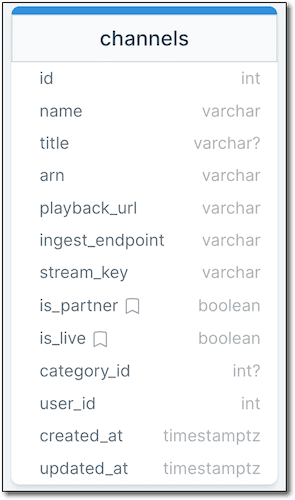
Build a UGC Live Streaming App with Amazon IVS: Broadcast Low-Latency with Multi-Hosts (Lesson 4.4)
Welcome to Lesson 4.3 in this series where we're looking at building a web based user-generated content live streaming application with Amazon IVS. This entire series is available in video format on the AWS Developers YouTube channel and all of the code related to the sample application used in this series can be viewed on GitHub. Refer to the links at the end of the post for more information.
Channel that stores information about their Amazon IVS channel. This object stores the ingestEndpoint and streamKey. 
startBroadcast() on the broadcastClient, passing it the channel's streamKey and ingestEndpoint.❗️Note: Since this course was published, a new feature called Server Side Composition was released for Amazon IVS. This feature provides an additional option for broadcasting a real-time stream to a low latency channel. Refer to the user guide for more information about Server Side Composition.
Any opinions in this post are those of the individual author and may not reflect the opinions of AWS.
